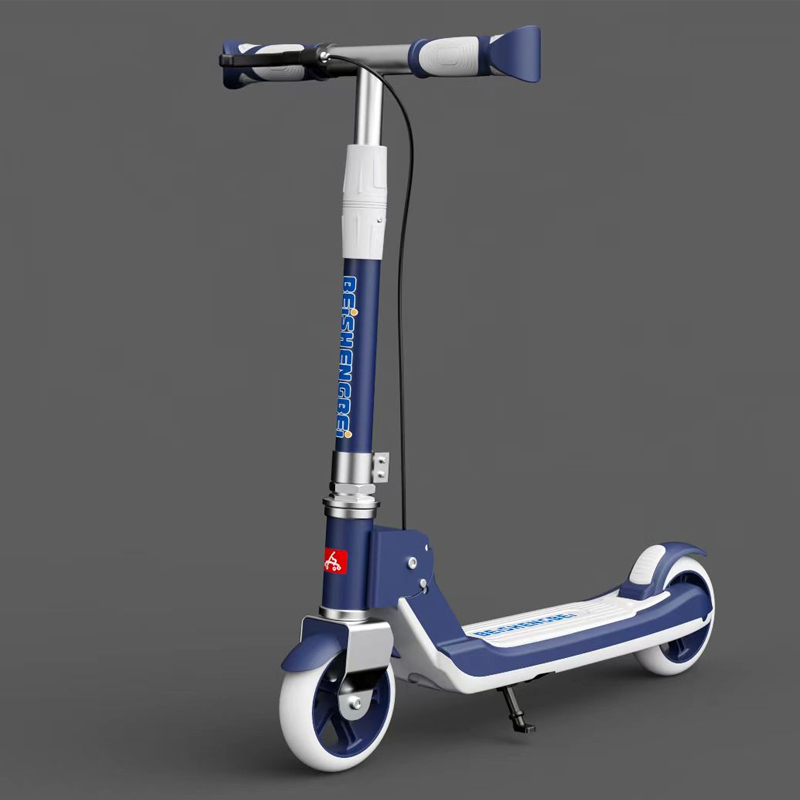The Joy of Riding a Scooter A Nostalgic Journey Back to the 1950s
In the bustling world of the 1950s, a new form of childhood joy began to flourish on the streets the scooter. A simple yet exhilarating contraption, the scooter symbolized freedom, adventure, and a sense of independence that captivated the hearts of children everywhere. As we take a nostalgic journey back to the 1950s, we’ll explore the design, cultural significance, and the sheer joy that scooters brought to kids during this vibrant decade.
The 1950s was a turning point in American culture, marked by post-war optimism and a burgeoning youth culture. As families prospered and suburban neighborhoods expanded, children found themselves with vast open spaces in which to play. The scooter, often made from durable metal and adorned with brightly colored paint, became a favorite pastime. With just a few lines of design—two wheels, a sturdy base, and a handlebar—these scooters were both simple and effective, allowing kids to glide down sidewalks and race through driveways with unmatched speed and excitement.
The Joy of Riding a Scooter A Nostalgic Journey Back to the 1950s
The design of the 1950s scooter was influenced by the burgeoning consumer culture. With the rise of suburban living and the advent of mass production, scooters became more accessible to families. Companies began manufacturing scooters in vibrant colors, emblazoned with decals and quirky designs that appealed to children’s imaginations. The metal frame and wooden platform offered durability, while the collapsible design made it easy to store. Children's imaginations ran wild as they transformed these scooters into anything from racing cars to spaceships, further enriching their playful experiences.
1950s kids scooter

Culturally, the scooter phenomenon was endorsed by various media outlets. Television shows and advertisements began to feature scooters as symbols of childhood fun and adventure. Kids looked up to their favorite television characters zipping around on these machines, inspiring them to join in the fun. The scooter became a staple of childhood, often seen in neighborhood block parties and family gatherings, where kids paraded their skills and competed in friendly races.
Additionally, scooters fostered a sense of community among children. It was common to see groups of kids congregating in parks or on the sidewalks, each showing off their own unique designs and modifications. These gatherings weren’t just about riding; they turned into social events where children forged friendships, learned from one another, and created lasting memories. The sense of camaraderie helped shape community ties, as parents exchanged stories and laughter while watching their children play.
As the years progressed and technology evolved, scooters saw various adaptations and transformations. Yet, the essence of that 1950s spirit—freedom, adventure, and the joy of play—remains timeless. Modern scooters still carry the same allure, appealing to both children and adults alike, reminding us of the simple pleasures of our youth.
In conclusion, the scooter of the 1950s was much more than just a toy; it was a symbol of freedom and creativity for children of that era. As they rode on their metal steeds, they created moments of adventure that filled their childhoods with joy. The legacy of the scooter lives on, a reminder of a simpler time defined by laughter, friendship, and the exhilaration of the open road. In retrospect, those sparkling afternoons spent gliding down the streets on a scooter reflect a nostalgic chapter in the history of childhood, embodying the spirit of adventure that continues to inspire generations.
-

 Scoot&RideKids Child Kick Push Scooter 3 Wheels with LED Flashing Tilt Lean Boys Girls Scooter
Scoot&RideKids Child Kick Push Scooter 3 Wheels with LED Flashing Tilt Lean Boys Girls Scooter




- 4
$33.17 -

 Scoot&RideKids Scooter Child Kick Flashing LED Light Up 3 Wheel Push Adjustable Folding 3
Scoot&RideKids Scooter Child Kick Flashing LED Light Up 3 Wheel Push Adjustable Folding 3- 0
$25.52 -

 Scoot&RideKids Scooter Child Kick Flashing LED Light Up 3 Wheel Push Adjustable Folding 2
Scoot&RideKids Scooter Child Kick Flashing LED Light Up 3 Wheel Push Adjustable Folding 2- 0
$33.17 -

 Scoot&RideKids Scooter Teens Foldable Kick Push Scooter Adjustable Height Safe 2 Wheels
Scoot&RideKids Scooter Teens Foldable Kick Push Scooter Adjustable Height Safe 2 Wheels




- 4
$49.99
Meet our partners and discover what powers their creativity!
When you register for a Lohas scooter, you will receive a 10% discount on your first order and can be notified of sales, new product launches and other offers in advance.









